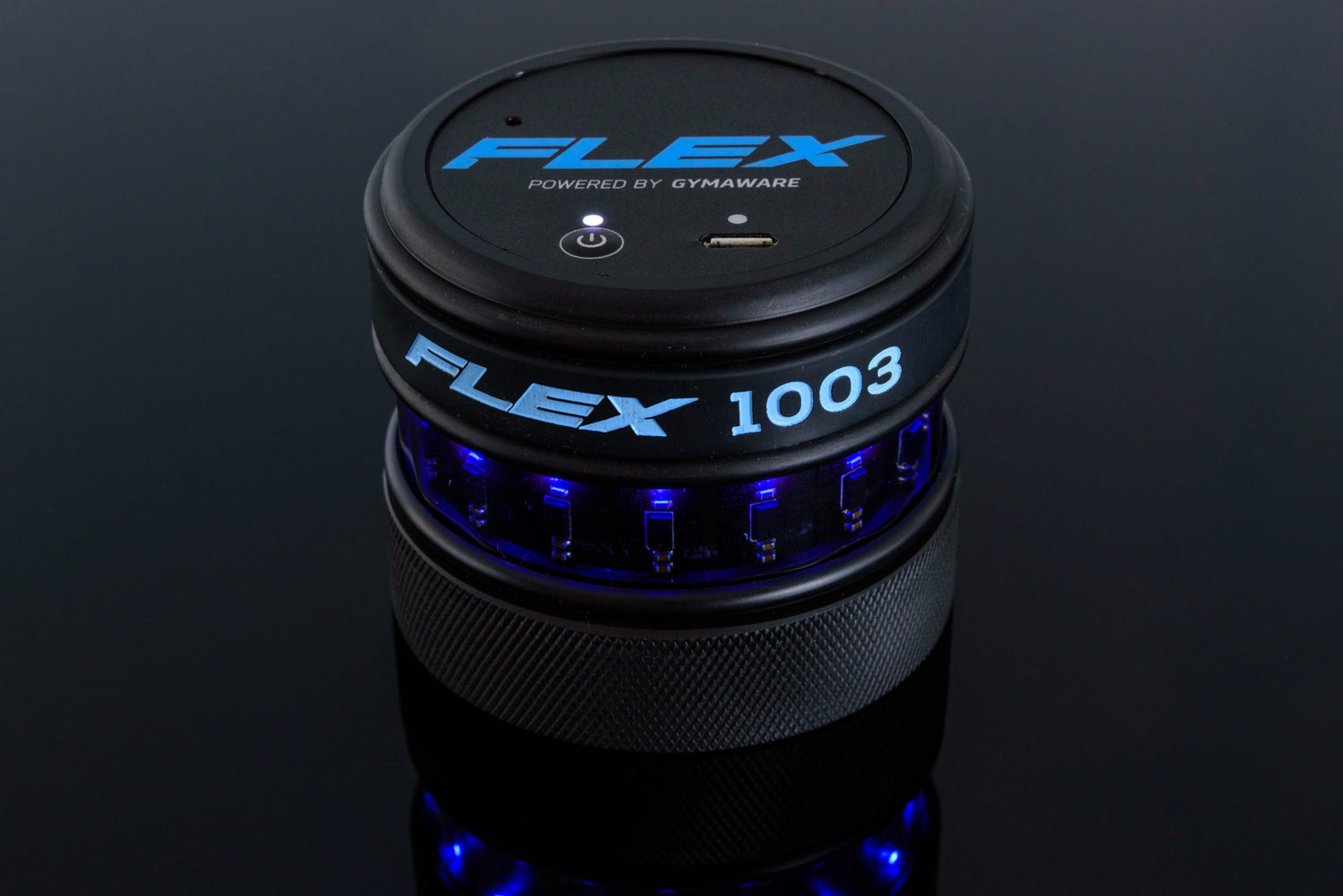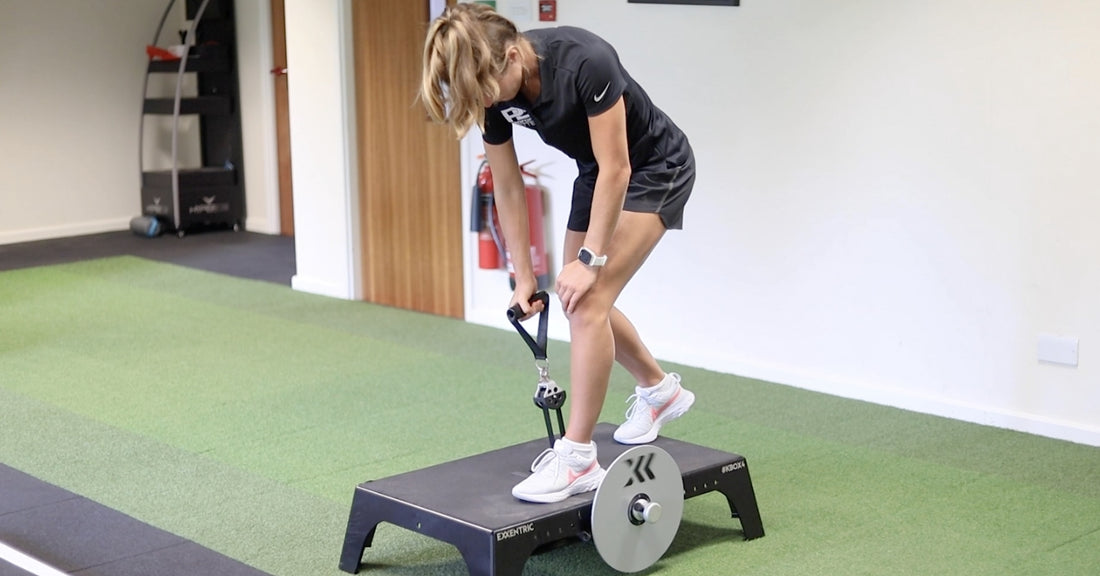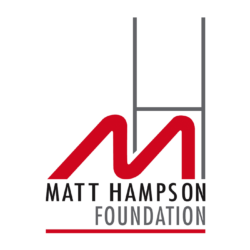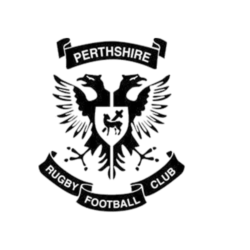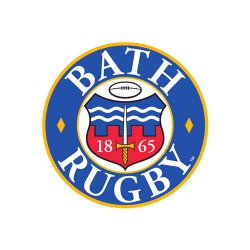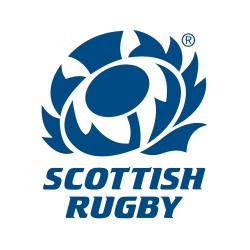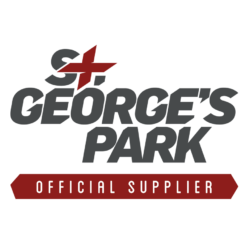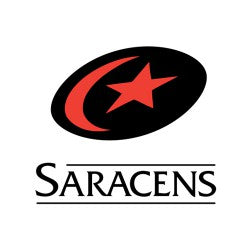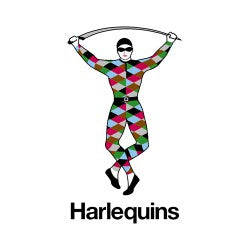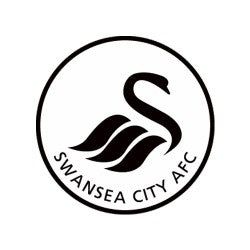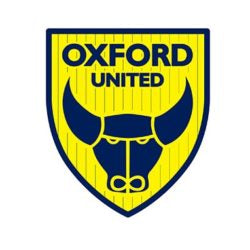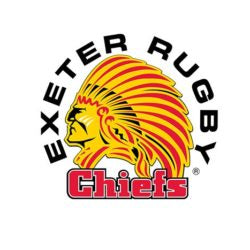The last few years has seen a remarkable growth in the sports science field as numerous scientists make strides in improving our understanding of the dynamics behind different sports and how it affects us
One of the biggest areas in which sports science is making its mark is in recovery & rehabilitation programmes. The most prominent difference sports science has made in this field is through providing reliable data. By using more accurate systems to obtain data from testing & monitoring athletes, coaches and physios have objective measurements they can refer to when making decisions concerning their athletes.
Sports science is also revolutionising the machines and equipment available to rehab professionals by improving the devices’ testing range, as well as the data they can produce.
This equipment provides valid data through which coaches & physios can backup their decisions or base changes to their methodology. They no longer need to make educated assumptions about what is best for their patients.
It’s obvious sports science tech is going to be huge for the rehab & recovery industry, but how exactly can you benefit from all these innovations right now?
Don’t worry, we’ve got you covered with our…
4 Sports science backed products that are invaluable to your rehab & recovery programme
EXXENTRIC

Exxentric is a Swedish manufacturer that produces some of the worlds best flywheel resistance machines.
Flywheel devices offer the opportunity to manipulate the range of motion easily for the athlete. The biggest advantage of flywheel devices for recovery and rehab is the ability to change resistance levels mid-rep as well as remove the fear factor often associated with lifting a heavy bar.
Eccentric overload occurs when the eccentric force (as your muscles lengthen) is larger than the maximal concentric force (as your muscles contract). Training for eccentric overload improves strength, hypertrophy and injury resistance.
However, eccentric contraction is where the muscles are most prone to injury, which is why Exxentrics’ flywheel devices ability to train for eccentric overload while keeping the athlete within safe margins has made them highly desirable in the realm of sports science as well as recovery & rehabilitation.
What type of data does it provide?
Exxcentrics’ devices are equipped with a kMeter that provides data on an athlete’s power production during concentric and eccentric movements.
Real world use cases
In this study by García-Sillero, comparing the effects of various recovery techniques on muscle tissue after eccentric exercise-induced muscle fatigue (EIMF).
The Exxentric K Box was selected as the ideal machine for gathering data from the 40 athletes.
“Pneumatic therapy is shown to be an effective method of improving muscle tissue after eccentric overload. This new treatment option enabled us to obtain improved muscle recovery
values similar to Manual therapy and was more efficient than Foam rollers and Mechanical vibrations.” They said
“The therapies used showed positive effects on recovery in the treated leg compared to the untreated leg. Of note is that PT may have potential for muscle recovery.”
In another study by Raya-González, the Exxentric’s K-Box 4 was used to measure eccentric overload production in young soccer athletes during squat exercises.
“In practical terms, the efficacy of the Flywheel devices in team-sports has been confirmed by enhancing hypertrophy, jumping ability, sprint time, and change of direction ability involving athletes in flywheel training programs over 6 and 27 weeks.
In addition, this kind of stimulus has been shown to be beneficial in injury prevention programs and rehabilitation programs since literature has demonstrated the reduction of injury incidence and the burden values in soccer players.” they concluded.
Both studies clearly show the huge potential that the Exxentric series of flywheel machines play in gathering data on an athlete’s strength, and progression during their rehab & recovery.
1080 SPRINT 2

1080 Sprint 2 System is a portable resistance training and testing device for sprinting, swimming and change of direction movements.
It uses intelligent variable resistance technology to provide very smooth, and controllable resistance. The system is that precise it can pick up the most intricate movements, and measures power, force, speed and acceleration with unrivaled accuracy.
The 1080 Sprint 2 enables you to test your athletes for asymmetry throughout the full sport-specific movement. This helps you detect even the slightest differences in left and right leg force, and power.
Not only are undetected asymmetries detrimental to performance, but they also lead to injuries over time.
What type of data does it provide?
The system can analyse the entire sprint profile and create impressive & useful results.
How quickly does your striker cover 5 meters? When does the sprinter reach top speed and how long can they sustain it? Which players fatigue quicker over repetitive movements and which ones have higher power endurance? Does the left and right leg stride produce an equal amount of force?
This type of information is easily attained with the 1080 Sprint and helps create a better understanding of the performance characteristics of the athlete.
Real world use case
A study by Mangine, G.T. and others in 2021, titled ‘Increased resisted sprinting load decreases bilateral asymmetry in sprinting kinetics among rugby players.’
“To examine the effect of resistance on sprinting kinetics and their bilateral symmetry, 15 male collegiate rugby players completed 3 maximal, 40m sprints (S1-S3) while tethered to a robotic resistance device. “
Using the 1080 Sprint 2 system, the study recorded peak average power, force, velocity and rate of force deployment.
Bilateral percent differences were calculated from step values within each stride for each variable.
Across the entire 40m sprint, Session 3 created reduced asymmetry for all metrics. Proving that the 1080 Sprint was able to help reduce the presence of asymmetric movements in the athletes.
“Applying sprinting resistance may be a tool for reducing acute bilateral asymmetries in sprinting kinetic measures.” he concluded.
Discover the 1080 Sprint & 1080 Sprint 2
GYMAWARE

GymAware is a Velocity Based Training (VBT) system that measures loaded movements.
When attached to free weights, the system helps coaches to collect an impressive amount of data on the athlete while monitoring their progression to pure strength.
This data is invaluable for deciding on what loads are necessary for an athlete at varying stages in the recovery process. As well as their overall state of recovery.
What type of data does it provide?
GymAware systems will provide you with the following data on the lifting athlete:
• Mean and peak velocity
• Mean and peak power
• Depth of movement
• Bar path
GymAware is also the first performance tool to incorporate integrated video feedback. Combining video capture with the data recording.
• Capture and review lifts while overlaying rep-by-rep data
• Display a customisable grid to help in correcting the lift technique
• Review in slow motion or frame by frame
• Save rendered videos with grid and data overlay
• Save videos to YouTube with custom privacy settings (so you can easily share with athletes) or to
your photo album.
These features make it extremely easy to not only track the progress of recovery patients but also share that information with other coaches & physios so you can make even better decisions on how to further their recovery.
Real world use cases
In a study by Wilson k. M. and others, titled; ‘Real-time quantitative performance feedback during strength exercise improves motivation, competitiveness, mood, and performance.’
GymAware was used to provide immediate feedback to the participating athletes during their back squat exercises. The results proved the effectiveness of the system in motivating athletes’ performance.
“As hypothesized, providing participants with instantaneous performance feedback improved performance, with participants performing the lifting phase of the squat exercise significantly faster in the feedback condition relative to the no-feedback condition. Motivation and competitiveness were both significantly greater when feedback was provided. Feedback also led to significant improvements in mood (hedonic tone) and higher ratings of workload relative to the no-feedback condition.” they said.
In another study titled; ‘Velocity-Based Training: Current Concepts and Future Directions.’ Tony Brooks and others performed a deep dive into the current range of VBT systems in order to determine the effectiveness of these systems in performance, recovery, & rehabilitation.
“By applying this technology and strategy to regular training, the strength and conditioning specialist and rehabilitation professional alike can better quantify athlete performance, more clearly understand how, when, and to what extent to progress, and also determine readiness for training on any given day. Simply stated, VBT methods can help all parties involved in an athlete’s development make the most informed decisions possible regarding training.” They said.
Both studies prove just how effective the GymAware VBT system is in structuring an ideal rehab & recovery programme and helping coaches make the most informed decisions that benefit their athletes.
OPTOJUMP

Optojump is an optical measurement system that’s perfect for analysing an athlete’s walking, running or jumping technique.
It uses a transmitting and receiving bar, each consisting of 96 LEDs that constantly communicate with each other. When the connection is interrupted, the system recognises, and tracks the disturbance.
This gives you the opportunity to study lower limb capabilities and detect asymmetries in your athlete’s form. This is critically important as asymmetries can lead to injuries as one side of the body is stronger than the other.
The Optojump system, and its invaluable data, gives coaches & physios the confidence to make more accurate assessment on rehabilitation progress as well as which exercises the athlete should be performing.
What type of data does it provide?
Performance Data:
• Jump height
• RSI (relative strength index)
• Gait Data
• Contact time
• Stride frequency
• Step length
• Stability
Real world use cases
In a recent study by Trunić, N titled; Dynamic Stability Assessment for Monitoring Recovery from ACL Reconstruction.
They aimed to provide an effective method through which coaches and physios determine whether an athlete is ready to resume the sport (volleyball) after injury.
“OptoJump Next Dri Protocol, as a test developed for verifying an athlete’s dynamic stability, has been proved to be valid and reliable [10]. As detailed above, the perceived benefits of using OptoJump Next Dri Protocol in monitoring the recovery process after ACL reconstruction, were evident. The medical team that was taking care of the subject’s rehabilitation program, after the first ACL reconstruction conducted two Dri Protocol tests. After the first test, following the obtained results, adjustments were made in order to balance the performance of both legs. These findings proved to be useful in planning the second ACL rehabilitation program, where the subject achieved more balanced scores in the majority of Drift Protocol measures.” Trunić concluded.
REFERENCES
García-Sillero, M., Benítez-Porres, J., García-Romero, J., Bonilla, D.A., Petro, J.L. and Vargas-Molina, S. (2021), Comparison of interventional strategies to improve recovery after eccentric exercise-induced muscle fatigue. International Journal of Environmental Research and Public Health, 18 (2), p. 647.
Raya-González, J., Castillo, D., Domínguez-Díez, M. and Hernández-Davó, J.L. (2020), Eccentric-overload production during the flywheel squat exercise in young soccer players: Implications for injury prevention. International Journal of Environmental Research and Public Health, 17 (10), p. 3671.
Mangine, G.T., McNabb, J.A., Feito, Y., VanDusseldorp, T.A. and Hester, G.M. (2021) Increased resisted sprinting load decreases bilateral asymmetry in sprinting kinetics among rugby players. Journal of Strength and Conditioning Research, 35 (11), pp. 3076-3083.
Wilson, K.M., Helton, W.S., de Joux, N.R., Head, J.R. and Weakley, J.J. (2017), Real-time quantitative performance feedback during strength exercise improves motivation, competitiveness, mood, and performance. Proceedings of the Human Factors and Ergonomics Society Annual Meeting (Vol. 61, No. 1, pp. 1546-1550). Sage CA: Los Angeles, CA: SAGE Publications.
Brooks, T., Fleming, W., Munger, L. and Munger, K. (2022) Velocity-Based Training: Current Concepts and Future Directions. Topics in Exercise Science and Kinesiology, 3 (1), p.1.
Trunić, N. (2022), Dynamic Stability Assessment for Monitoring Recovery from ACL Reconstruction a Handball Case Study. Sinteza 2022 - International Scientific Conference on Information Technology and Data Related Research (pp. 262-268). Singidunum University.
